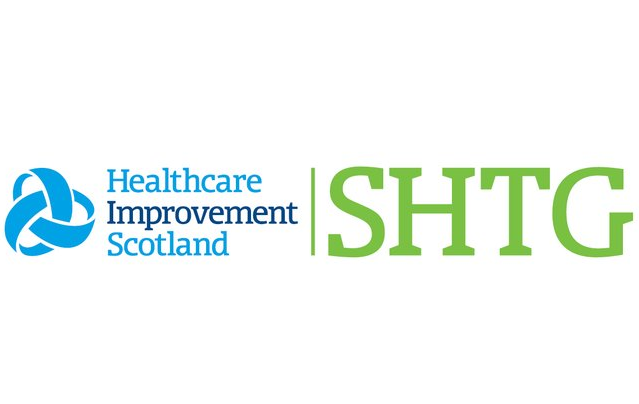Recommendations and SHTG Council considerations

SHTG Recommendations for NHSScotland
All patients referred to secondary care who have severe or very severe emphysema, and significant disability despite optimal medical management, should undergo a detailed assessment by a multi- disciplinary team to determine eligibility for lung volume reduction.
Endobronchial valves should be available to all eligible patients, with procedures consolidated within a small number of centres via a unified national referral pathway to ensure equity of access. Patients should not be considered for endobronchial lung volume reduction if they have collateral ventilation or if they lack suitable target areas within the lungs.
Individual patient- and procedure-associated risk must be discussed with the patient as part of a shared decision on endobronchial lung volume reduction.
The cost effectiveness of endobronchial valve implantation remains uncertain for the Zephyr® valve and there are no cost effectiveness data for the Spiration® valve. Patient outcome data for all valve procedures should be collected and made available to inform future economic analyses.
NHSScotland is required to consider the Scottish Health Technologies Group (SHTG) advice.
How the Council reached the recommendation
The following points capture the Council’s deliberations towards agreeing the final recommendations at the Council meeting on 2 October 2020.
- The Council recognised that for individual, highly selected patients endobronchial valves can be a very effective treatment, with clinically important effects on FEV1, residual lung volume and quality of life.
- The Council discussed the lack of options available to specialists in secondary care when treating patients with worsening COPD who are receiving optimal medical therapies.
- The Council discussed the differing quantity and strength of evidence available for the Zephyr® and Spiration® valves, and the lack of cost effectiveness evidence. The Council agreed any recommendations should allow for clinical choice in valve selection and development of new valves.
- The Council noted the importance of a clear, nationally agreed patient pathway that involves primary, secondary, and tertiary care services to ensure equity of access to endobronchial valves for eligible patients.
- In order to promote consistency of patient selection, the Council stated that responsibility for patient selection for endobronchial valve insertion should be restricted to multi- disciplinary teams at national centres of excellence. Once consistent patient selection is established, clinicians with expertise in endobronchial procedures could offer endobronchial valves at regional centres, although consideration of required procedure volumes to maintain competency would be advisable.
- The Council noted that the ongoing UK-based CELEB trial will provide clinical and cost effectiveness evidence on endobronchial valves compared with surgical lung volume reduction.
- The Council discussed the relevance of the published economic modelling to the Scottish context, highlighting that the analyses were based on a sub-group of patients who had a successful procedure. The 10-year time horizon was considered optimistic based on the life expectancy of patients undergoing the procedure in Scotland.
